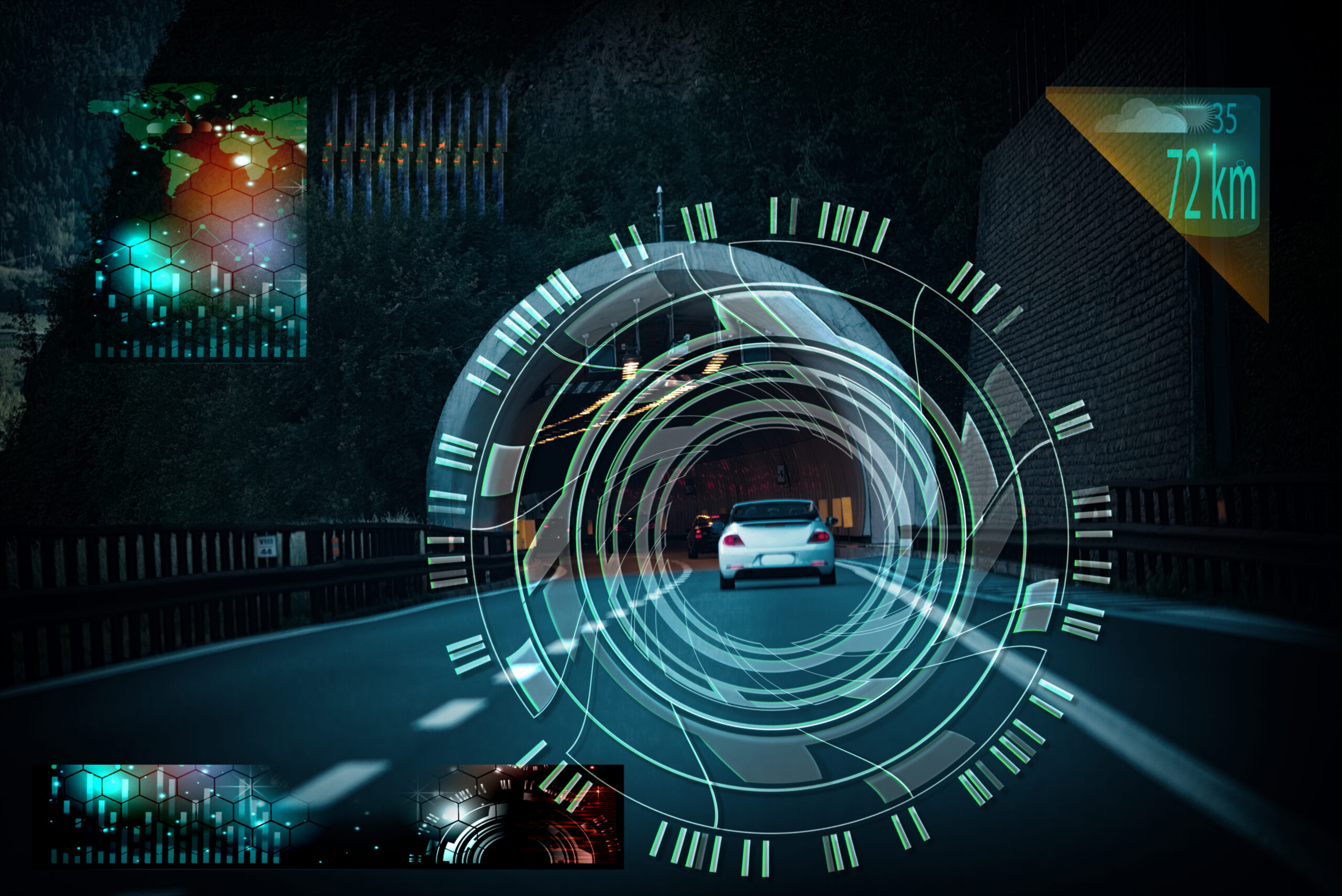“Hands-off, eyes-on” technology available on latest Mustang
Drivers of the new Ford Mustang will be able to let go of the steering wheel whilst on the motorway, in a European first.
The government has given permission for the company to activate its “hands-off, eyes-on” BlueCruise self-driving technology which will enable the car to operate in automated mode.
Five radars track the position and speed of other vehicles, while a forward-facing camera detects lane markings and speed signs.
However, drivers will still need to keep their eyes on the road and be ready to take back control of the vehicle as required.
An infrared camera will check that they are paying attention to the highway ahead with warning messages displayed on the dashboard and an audible alert then sounding for drivers who have become distracted.
The same process happens if a vehicle leaves a motorway.
The system is only available on the 2023 Ford Mustang Mach-E, a pure electric vehicle.
Ford describes its new technology as “a Level 2 hands-free advanced driver assistance system.”
There are six levels – 0-5 – of autonomy which were set by the Society of Automotive Engineers International (SAE).
Ford engineers conducted test drives of its latest assistance systems, including BlueCruise, covering 100,000 miles on European roads.
Steve Gooding, director of the RAC Foundation, said:
“Fully driverless cars offer the prospect of a big safety gain by removing the human errors behind so many crashes, but human error will still be with us while we have a mixed fleet of vehicles being driven as well as driving themselves.
“The technology being launched now is not fully autonomous, it is dependent on the driver being ready to intervene, and our research found that it is this ‘hand back’ to the driver that poses the biggest challenge.
“It is reassuring to hear that while driving itself the car will be monitoring the driver’s awareness – maybe that’s something we should press for whether or not partial automation is on the cards.
“Ironically, as we enter this new world of cars controlling themselves drivers might actually need more training rather than less, so they fully understand a vehicle’s capabilities and what it can and can’t do.
“Manufacturers are likely to have a big role in making sure car buyers know what the limitations are and where the buck stops: with the vehicle or the person behind the wheel.”
Research for the RAC Foundation by the University of Nottingham has highlighted the potential dangers caused when, at higher levels of automation, drivers doing other tasks are suddenly required to take back control of their vehicle.
Testing by Ford in Britain featured routes with hazards such as worn-out lane markings poor weather and roadworks.
The system was introduced in the US and Canada last year.
Fully self-driving cars remain banned on public roads in the UK apart from during Government-approved trials.
Legislation to approve the technology could be introduced by early 2025.
In January 2022 the Law Commission of England and Wales, and the Scottish Law Commission, jointly published a report on the legal issues autonomous vehicles present.
ENDS
Contact:
Philip Gomm – Head of External Communications – RAC Foundation
[email protected] | 07711 776448 | 020 7747 3445
Notes to editors:
The RAC Foundation is a transport policy and research organisation that explores the economic, mobility, safety and environmental issues relating to roads and their users.
The Foundation publishes independent and authoritative research with which it promotes informed debate and advocates policy in the interest of the responsible motorist. All the Foundation’s work is available at: www.racfoundation.org


